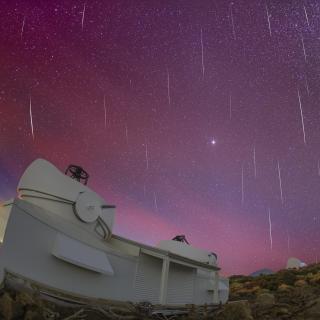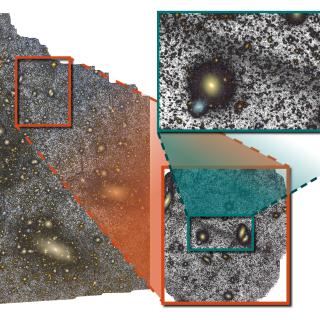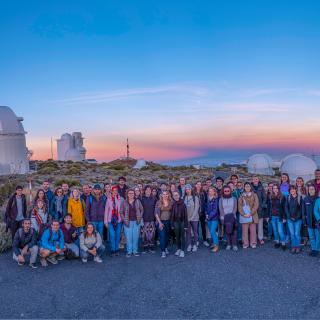
Tras cuatro años de actividades, el proyecto Interreg EELabs llega a su fin y, como broche final, la noche del 14 de diciembre, a partir de las 22:30 UT (hora local en Canarias), retransmitirá la lluvia de meteoros de las Gemínidas a través del canal sky-live.tv desde el Observatorio del Teide (Tenerife) y El Anillo (Extremadura). Las llamadas “estrellas fugaces” son en realidad pequeñas partículas de polvo de distintos tamaños (entre fracciones de milímetros hasta centímetros de diámetro) que van dejando los cometas -o asteroides- a lo largo de sus órbitas alrededor del Sol. La nube de
Advertised on




